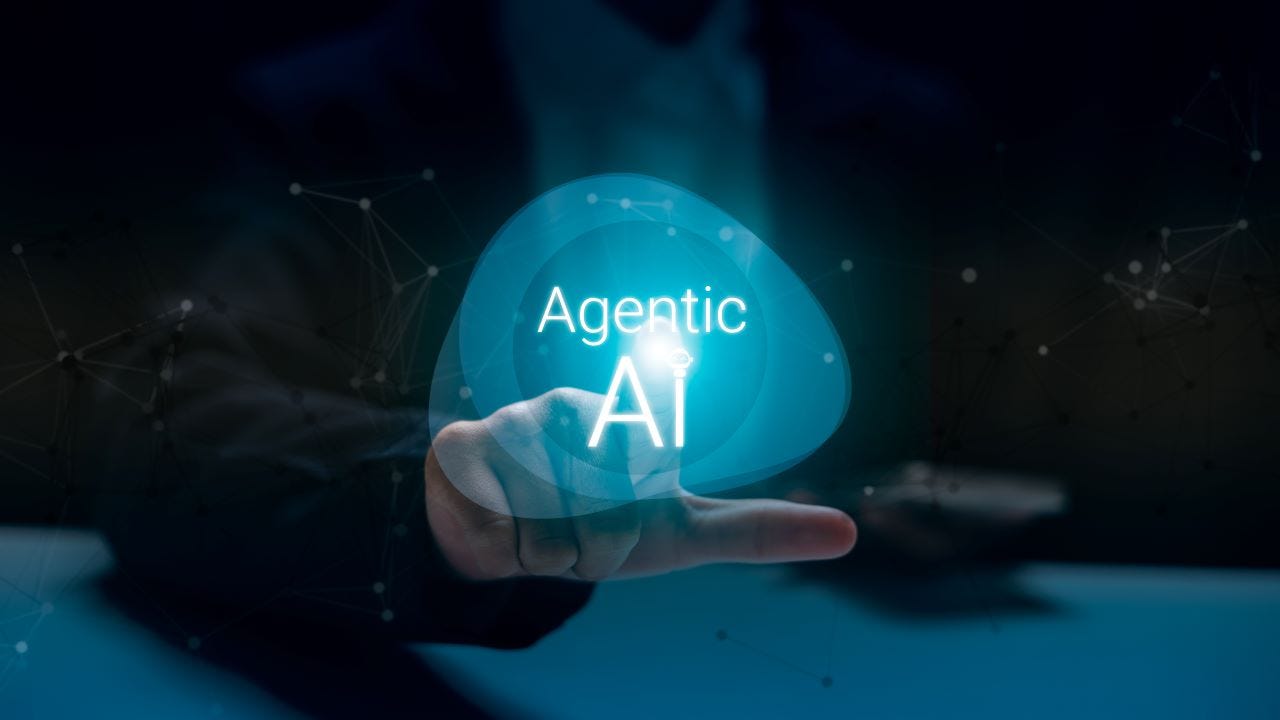AppSelectBench: Application-Level Tool Selection Benchmark
PositiveArtificial Intelligence
- AppSelectBench has been introduced as a benchmark for evaluating application selection in Computer Using Agents (CUAs), addressing the need for effective application selection before invoking fine-grained tools like APIs. This benchmark aims to enhance the operational efficiency of CUAs by ensuring they select the appropriate applications based on user intents.
- The development of AppSelectBench is significant for advancing the capabilities of CUAs, as it provides a structured method to assess how well these agents can reason across various applications, potentially leading to improved task execution and user satisfaction.
- This initiative reflects a broader trend in artificial intelligence where the integration of tools and applications is becoming increasingly sophisticated, paralleling advancements in large language models and self-evolving agents that enhance reasoning capabilities and automate complex tasks.
— via World Pulse Now AI Editorial System

